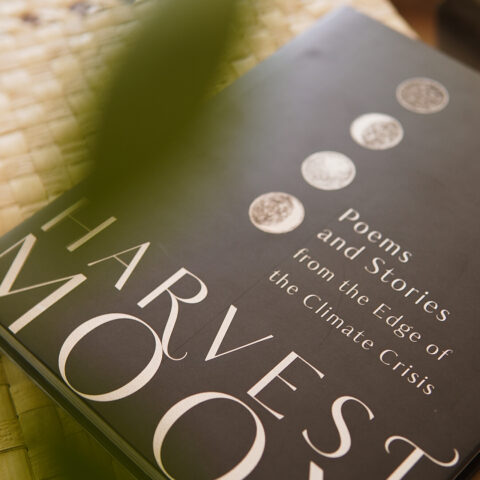A United Nations climate science report released August 9th by the Intergovernmental Panel on Climate Change (IPCC) shows the urgent need to act on climate change to avoid the worst of climate impacts as record-breaking storms, floods, fires, and heatwaves across the world continue to sound the alarm of a global climate emergency.
Read the full reactive from the Institute for Climate and Sustainable Cities (ICSC).
It has been clear for decades that the Earth’s climate is changing, and the role of human influence on the climate system is undisputed.
Valérie Masson-Delmotte (Co-Chair of IPCC Working Group)
Some key take-aways for the Philippines and beyond are the following:
- “Unequivocal” – there is no wiggle room in interpreting the IPCC’s use of the word in this 6th Assessment Report. It goes beyond what is already an unprecedented assertion reaffirming “with high confidence [last report’s] finding that there is a near-linear relationship between cumulative anthropogenic CO2 emissions and the global warming they cause.”
- Breaching the Paris Agreement threshold of 1.5 degrees Celsius (°C) will impose far more severe impacts that will prove catastrophic to vulnerable communities around the world, as every additional increment of global warming will increase changes in extremes, including the intensity and frequency of heatwaves, heavy precipitation, as well as droughts.
- This report rings the alarm bells stating we are today flirting with “tipping points”, such as rapid ice sheet melt that could lead to catastrophic sea level rise even before 2100.
- Keeping to the 1.5˚C temperature threshold is urgent. The IPCC has reaffirmed the huge difference in impacts between 1.5C and 2C degrees of warming. In the long-run, at least 3 metres of sea level rise can be avoided if we limit warming to 1.5˚C instead of 2˚C. Limiting warming to 1.5°C would strongly reduce climate risks and avoid the most destructive impacts of climate change and reduce impacts by at least 50% compared to a 4°C world. This is true for heat waves, extreme precipitation and drought in drying regions.
- Keeping to the 1.5˚C temperature threshold is within reach. The report considers a small set of illustrative emissions scenarios that explore different climate futures. The lowest of those scenarios shows what is required to keep 1.5°C within reach reaffirming findings from the IPCC 1.5°C Special Report and other organisations such as the International Energy Agency (IEA). In order to limit warming to 1.5°C, deep and sustained emission reductions in CO2 and other greenhouse gases is required – starting not tomorrow but today.
- Keeping to 5°C of global warming will still pose existential risks to millions of Filipinos. Even at 1.5°C of global warming, extreme climate risks such as heat waves, heavy rainfall, drought and storms will become more intense and frequent around the globe.
If not now, when? Agam Agenda invites you to co-create the Now we need.
Keep updated with our When Is Now creative campaign and conspire with us!
Artwork: Changing by the artist Alisa Singer




